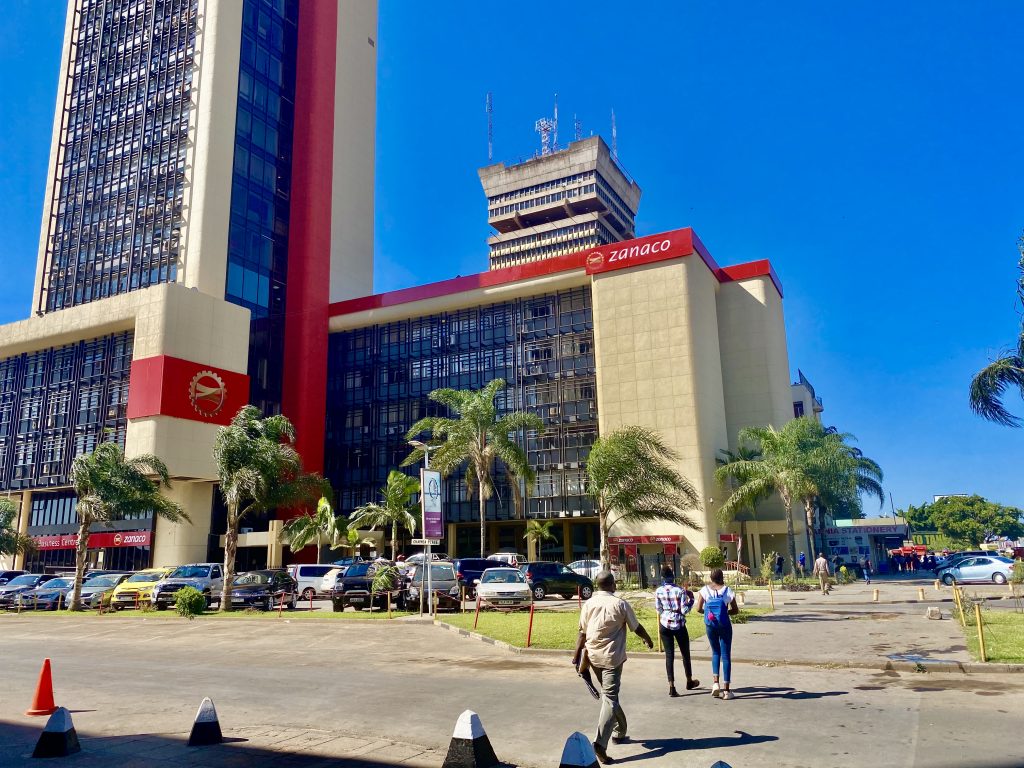‘Big strong and reliable’ is what Zambia’s largest indigenous bank Zanaco Plc has been known for. The Lusaka Securities Exchange – LuSE listed bank demonstrated, despite disease pandemic economic effects, solid leadership in total revenue earnings of K1.6billion, a 41.2% climb from a year ago supported by a healthy interest led income line and a homerun in both fees and commissions adding to foreign exchange trading earnings.
Zanaco Plc’s annual after tax earnings grew 17.1% to K206.3million supported by a 3Q20 K108million (PAT).
Read: Zanaco Plc in exemplary 1H20 revenue performance, expenses weigh earnings
Its balance sheet expanded by 50.1% year on year to K6.2billion a demonstration of credit extension as the red bank remains committed to being a reliable partner in the copper producers ‘V’ shaped economic recovery agenda.
NEGATIVE JAWS WEIGHS PROFITABILITY NONETHELESS
Costs continues to weigh the big strong and reliable bank from a higher profitability score which could be the strategic focus under its new leadership in the C-suite. Mukwandi Chibesakunda, a seasoned banker with a pedigree of excellence took over Henk Mulder on 01 October 2020 sending shivers in the market for her exceptional prowess in driving performance harder.
Zanaco Plc’s cost to income ratio remains elevated at 78.2% compared to 73.9% a year ago. Total costs grew by a 49% margin year on year to slightly over a billion Kwacha terms with key drivers speculatively being restructure costs, COVID and other spend which contributed to a negative jaws ratio of slightly above -8.0%. (Jaws ratio measures growth in income versus costs). Zanaco’s total cost line has been the biggest weight on the big strong and reliable income statement for years on account of heavy spend. The market however almost predicts a more efficient 2021 on the cost side under Mukwandi Chibesakunda’s strategic clock.
GOVIE SECURITY HOLDINGS MAY NOT BE AS RISK FREE ANYMORE, AS SUCH SHOULD BE PROVIDED FOR
The banks impairment base of K12.1million may on the face of it seem inconsistent with the size of its advances book and holdings in government securities. This could reflect the currency denomination of the balance sheet which predominantly is Kwacha skewed. Full International Financial Reporting Standard – IFRS9 impact of bond collaterisation potentially on FISP deal types for instance does not seem to have been fully applied primae facie as ideally a higher stock of government securities in a credit suppressed environment given a weak credit rating for the counterparty – Zambia – should attract a higher impairment charge. However credit modeling is an area with variations in treatments across the industry which requires the playing field to be leveled. There is need for consistency especially at a time when sovereign risks have significantly deteriorated. With default risks looming the industry will nonetheless have to price the selective default downgrade ratings in their credit models which will weigh earnings significantly.
The Kwacha Arbitrageur

